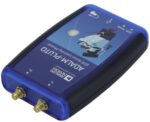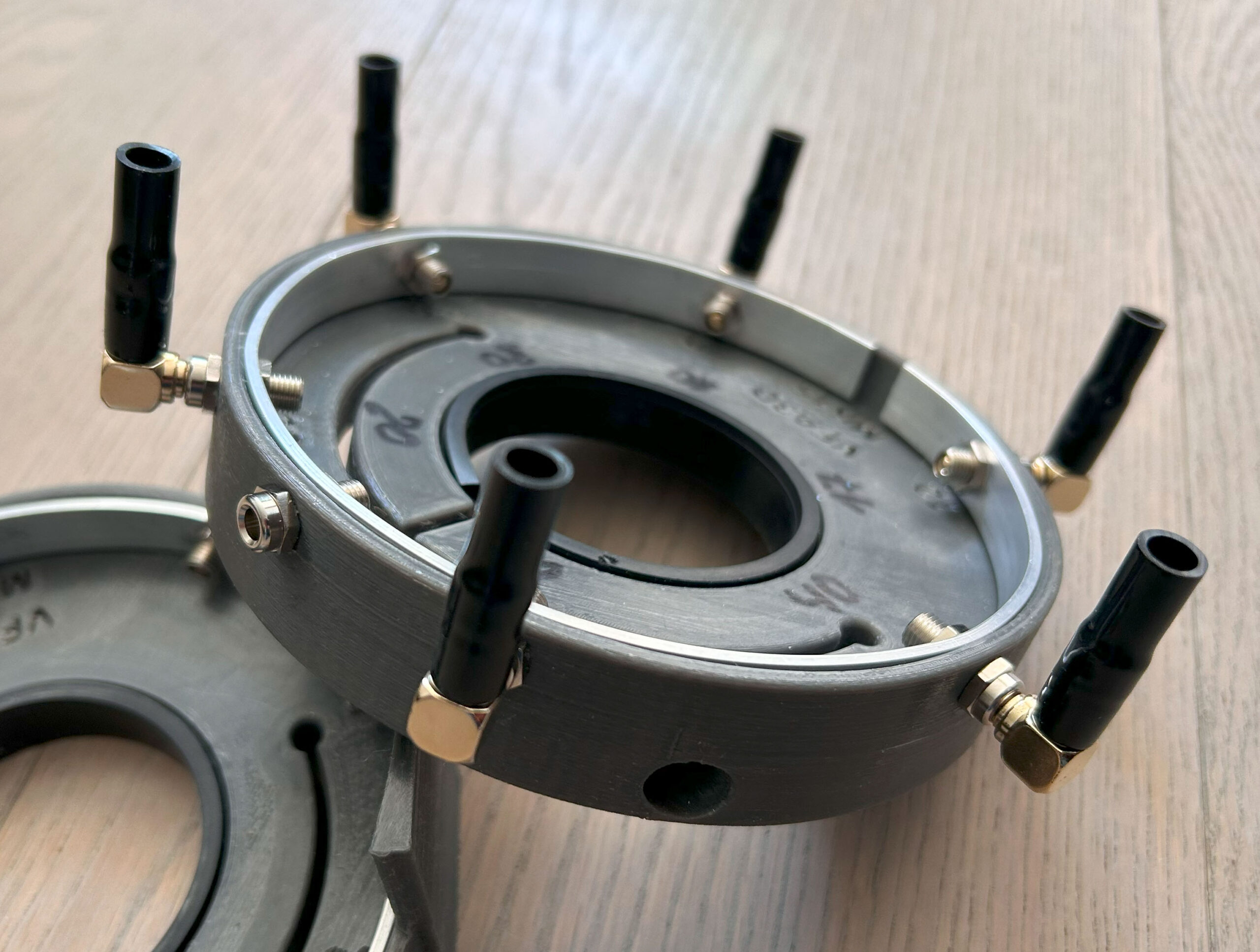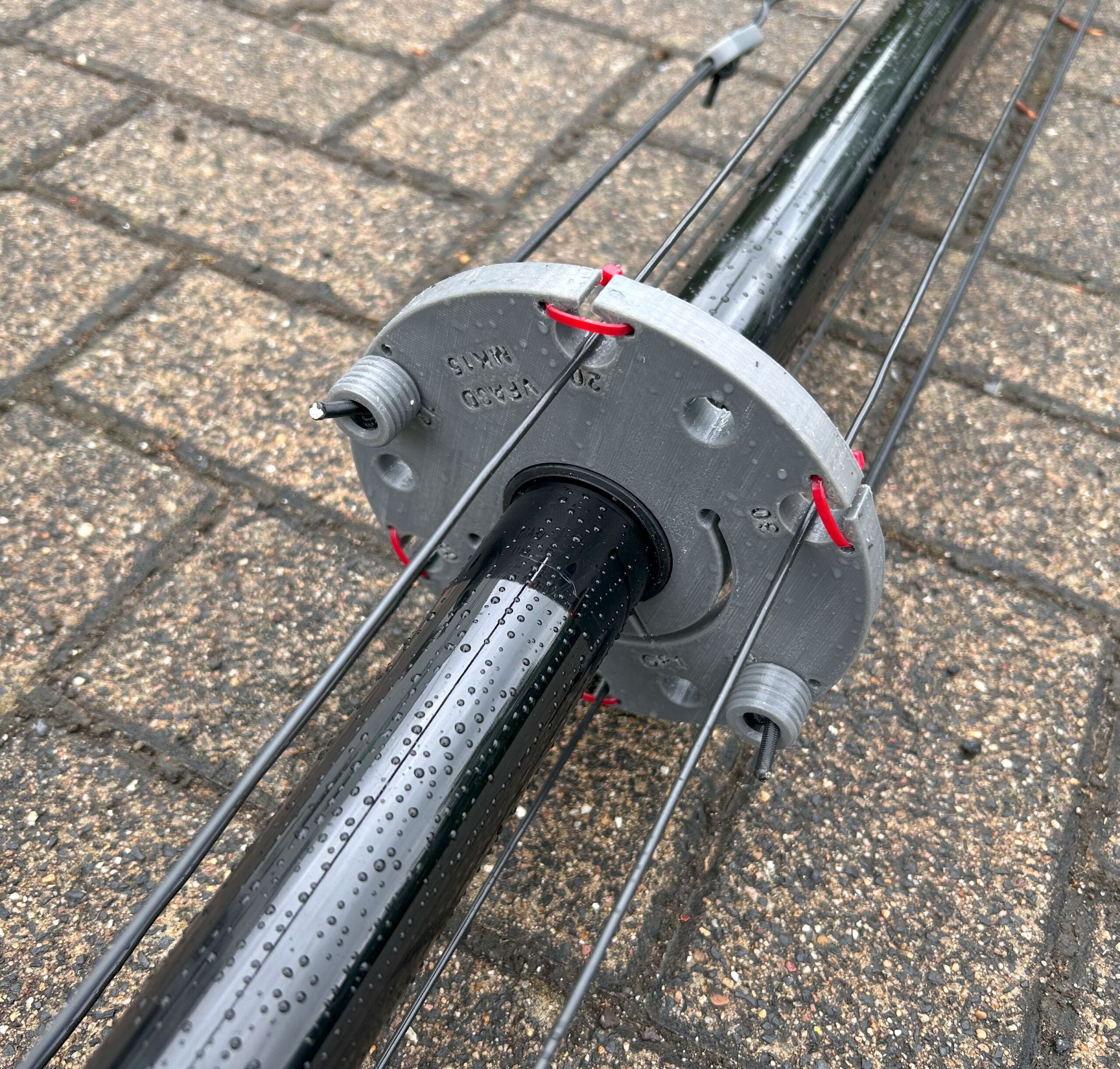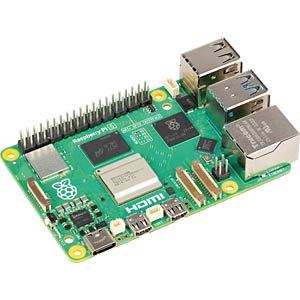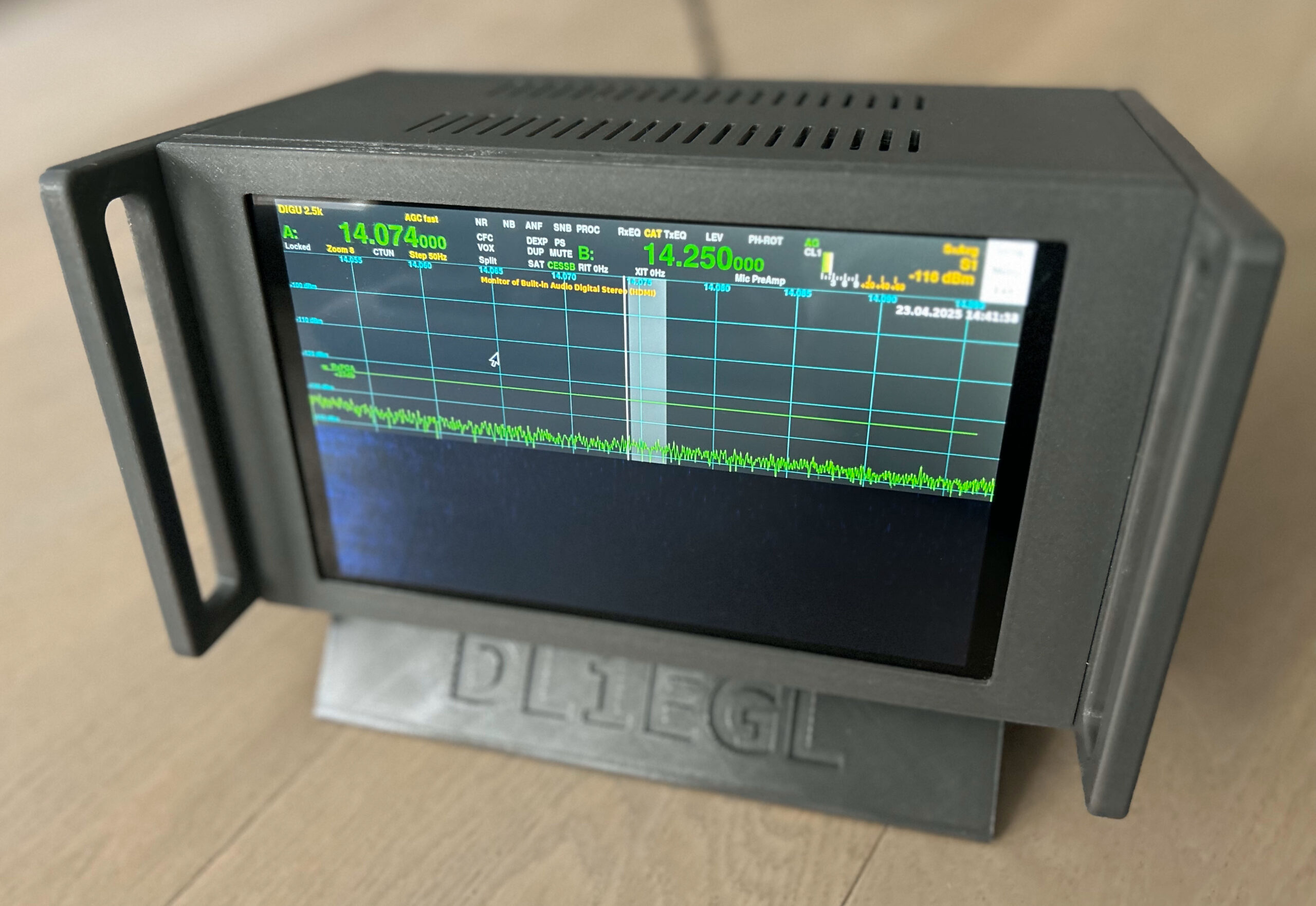Bullseye Helix Feed 2.2 Rev. C
Die von mir verwendete Helix-Antenne für den QO-100 Uplink ist ein Nachbau der Ice Cone Feed 2.1 Helix von DC8PAT. Die Bauform wurde von mir komplett neu mit der Maker-Version von Solidworks gezeichnet. Unterschiede zur Version von DC8PAT: Wie beim Original verwende ich für die Anpassung der 50 Ohm Speiseleitung an den 140 Ohm Wellenwiderstand … Weiterlesen
